Building a Legacy: Low Carbon Homes at 360


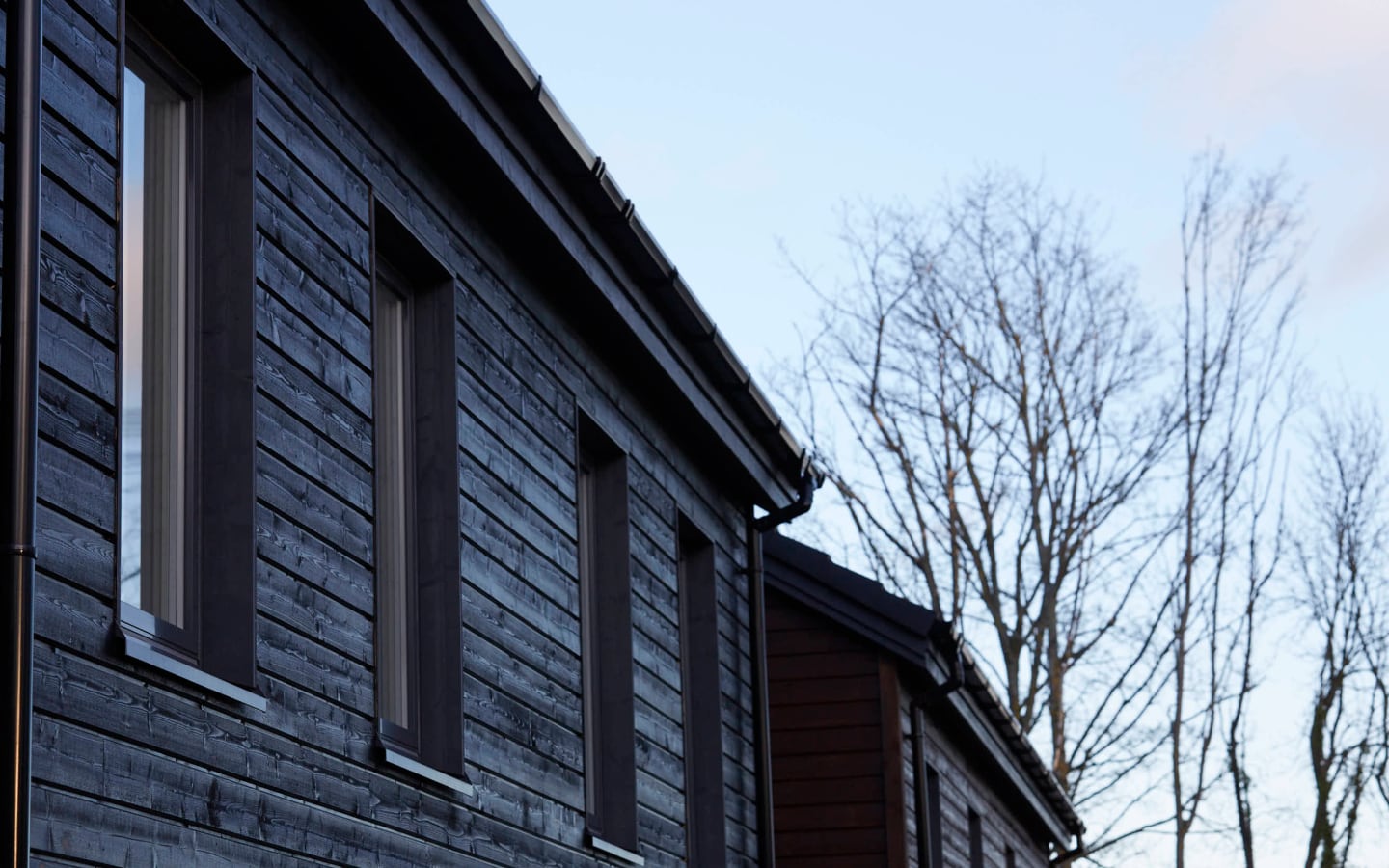
Through utilising Modern Methods of Construction, we have pledged to continue our mission to build high quality low Carbon homes. Our first trial project was located at 360 in Chesterfield and consisted of 32 low carbon homes.
Chosen for its breathtaking location, the 360 community is surrounded by stunning panoramic views of Chesterfield and borders onto natural woodland. With easy access to nature and green spaces the location offered a wealth of wellbeing benefits to the residents, making it the perfect location for the timber frame homes.
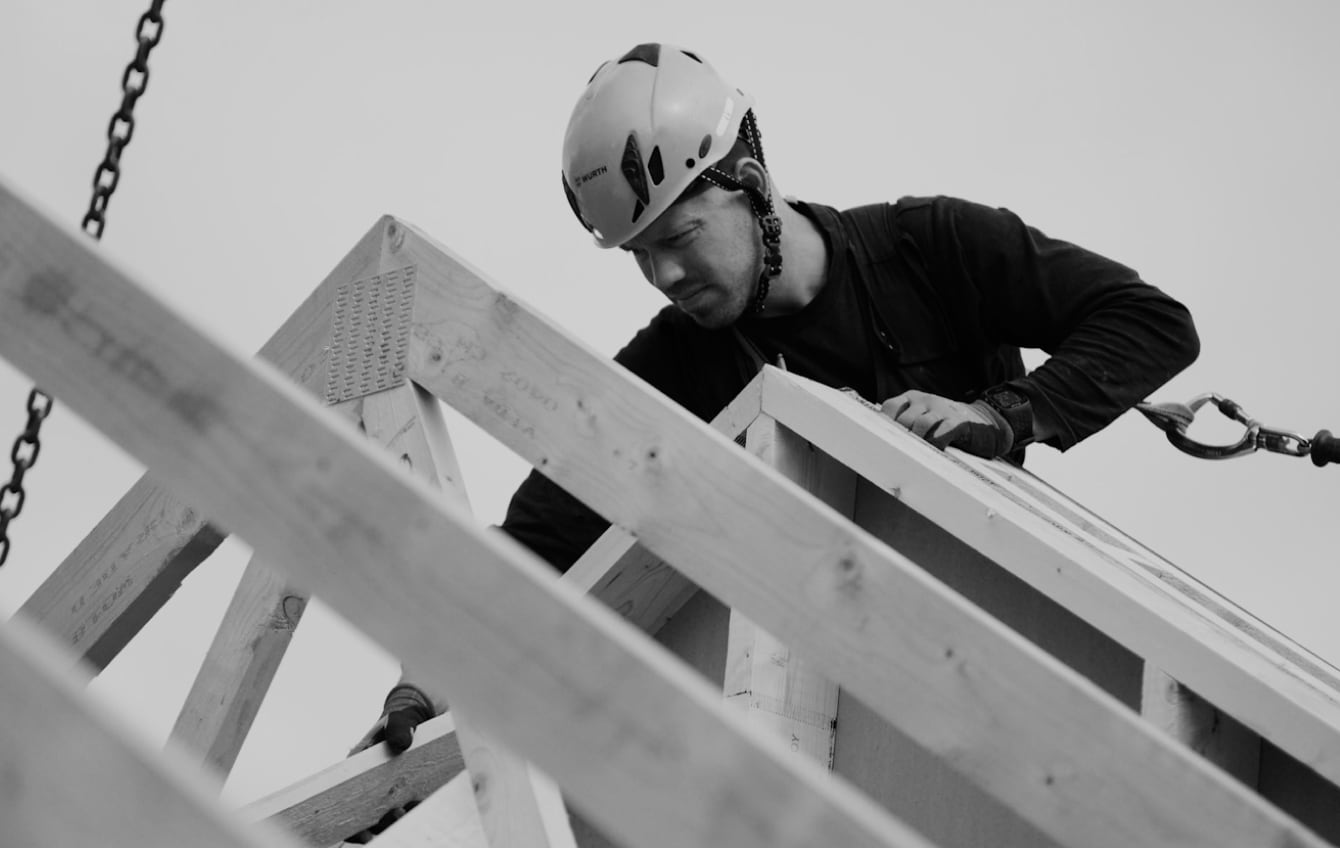
The 32 homes were built in partnership with Together Housing, a housing association and trusted partner who offer affordable housing through social rental. Being able to offer such innovative homes helped to provide a new dimension of affordable housing, something that was much-needed in the area and welcomed by the local authority.
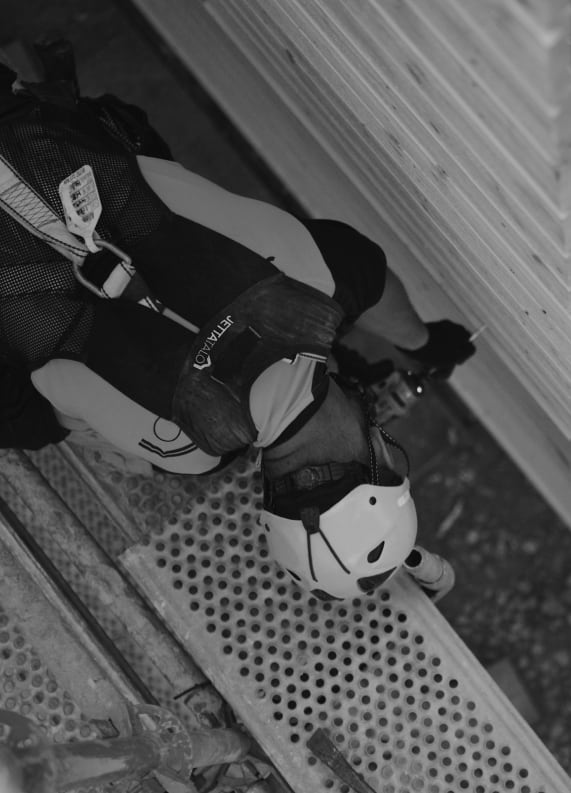
The production method reduced carbon emissions throughout the lifecycle of the home, from fabrication, through build, running and eventual removal. Wood is the key material, and the quality control process minimises wastage at every stage of production. This is done by using CNC technology to maximise yield from logs into engineered timbers, and sending any timber by-product to fuel the onsite biomass energy plant. Each tree used in our homes has been capturing carbon and producing oxygen for 25 years, and two more trees are planted for each one felled.
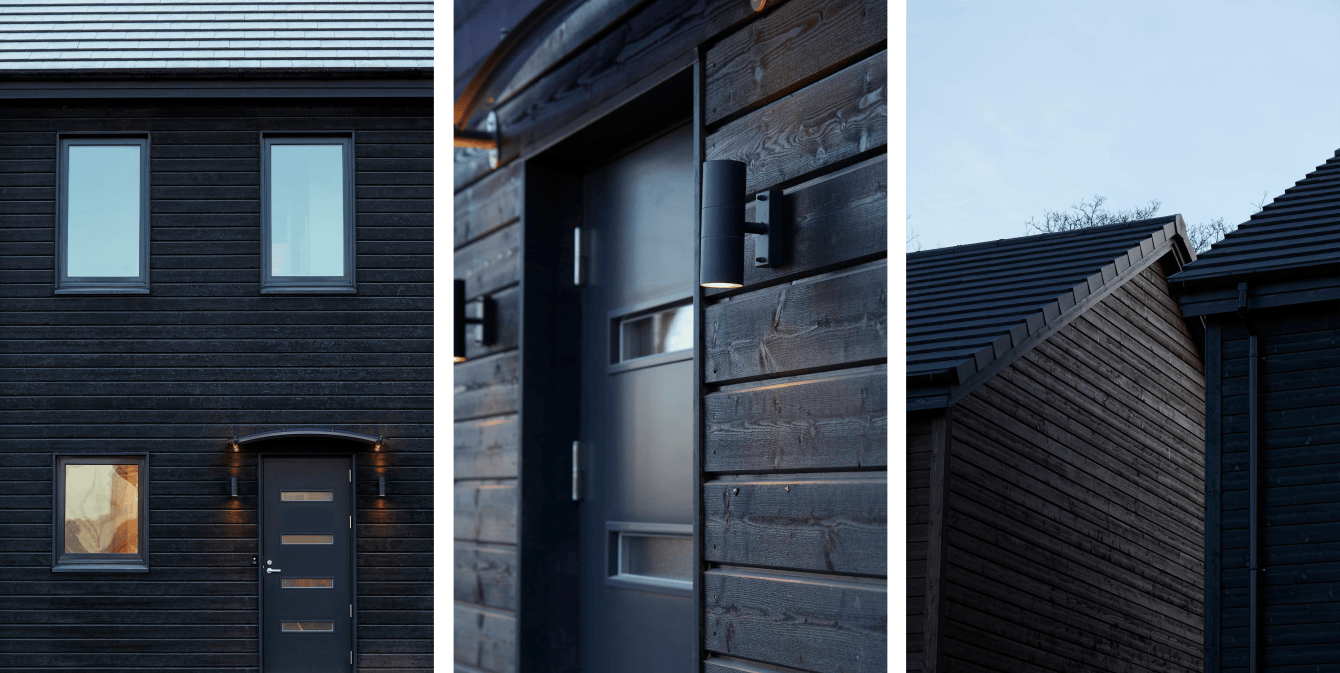
Working with Talo, their production factory is co-located with a sawmill, and together with the flat pack design this minimises transportation and associated carbon emissions. Offsite fabrication reduces onsite build time, improves quality tolerances, and the use of factory-installed external cladding significantly reduces onsite waste and CO2 production.
The closed panels remain completely dry during the build process, reducing water usage and minimising the need for remedial works, which is kinder to our planet, and improves the customer experience. It also enables a faster build: depending upon the size and design of the home, it can be completed within seven to ten weeks, half the time of a comparable traditionally built home.
Water will be heated only when it’s needed, light switch sensors attune to the natural rhythms of the day, and the construction means an extremely efficient and warmer home. Lower running costs mean higher living standards and increased opportunities.
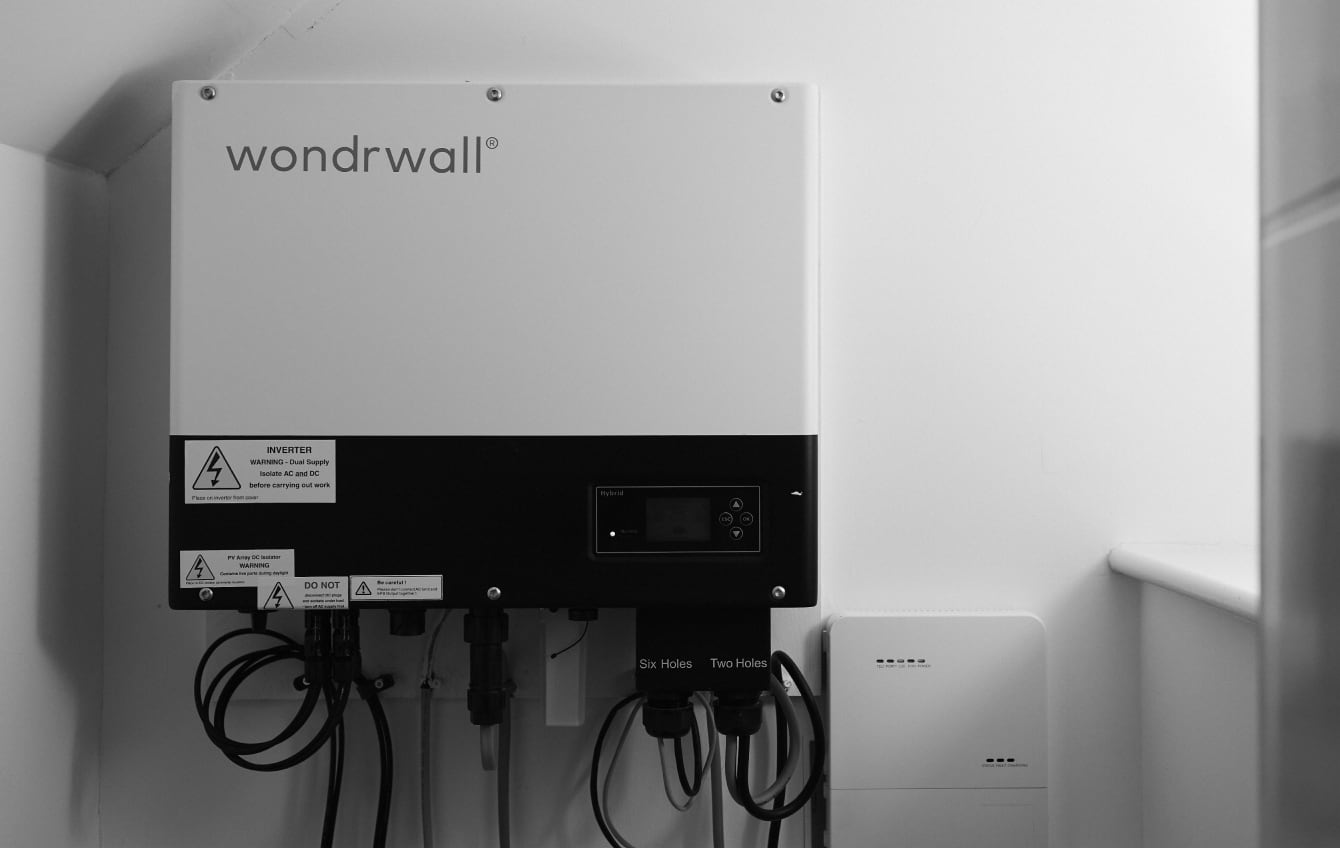
In collaboration with Wondrwall, we interacted with tenants to collect information on user experience and energy consumption over a 12-month period. The result to date predicted a potential energy saving of £814 per plot when compared to an average house with a gas heating system. While the results demonstrated fantastic energy and cost savings, we did encounter some challenges when collecting data and identified that not all tenants felt that they had the knowledge they required to effectively run their home using this new technology. We are therefore re-working our handover processes to reflect the differing needs of housing associations and tenants and to ensure that information and support is more readily available to support residents operate the technologies in their homes.
